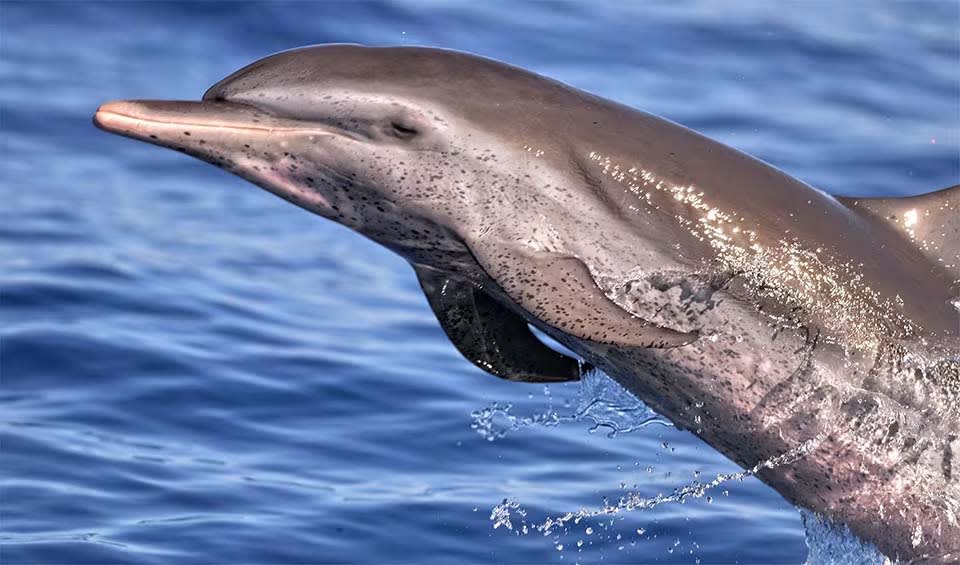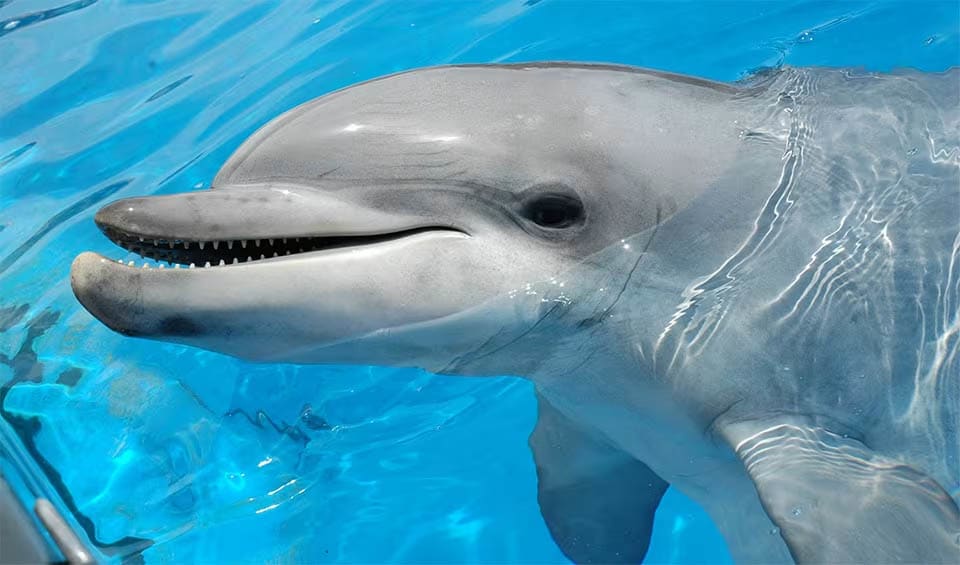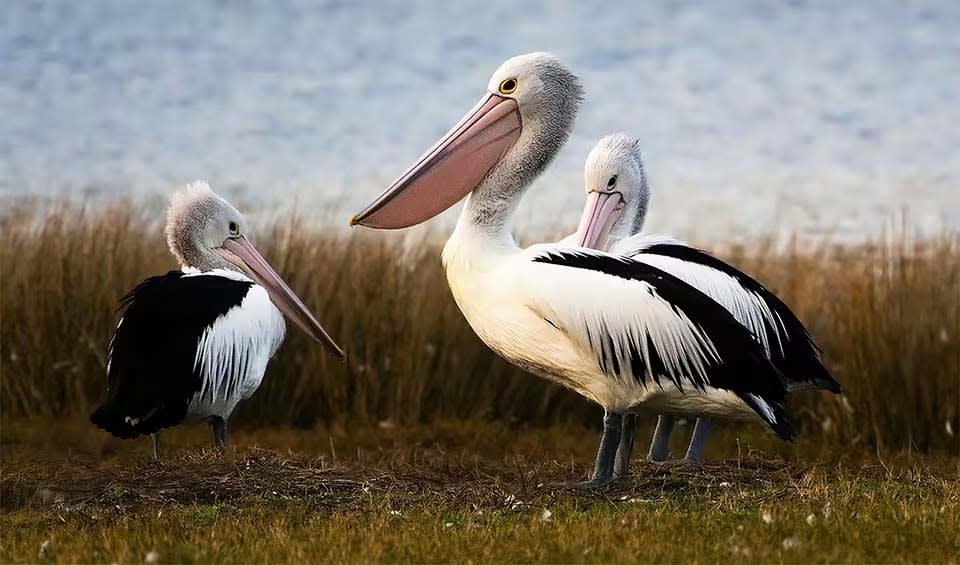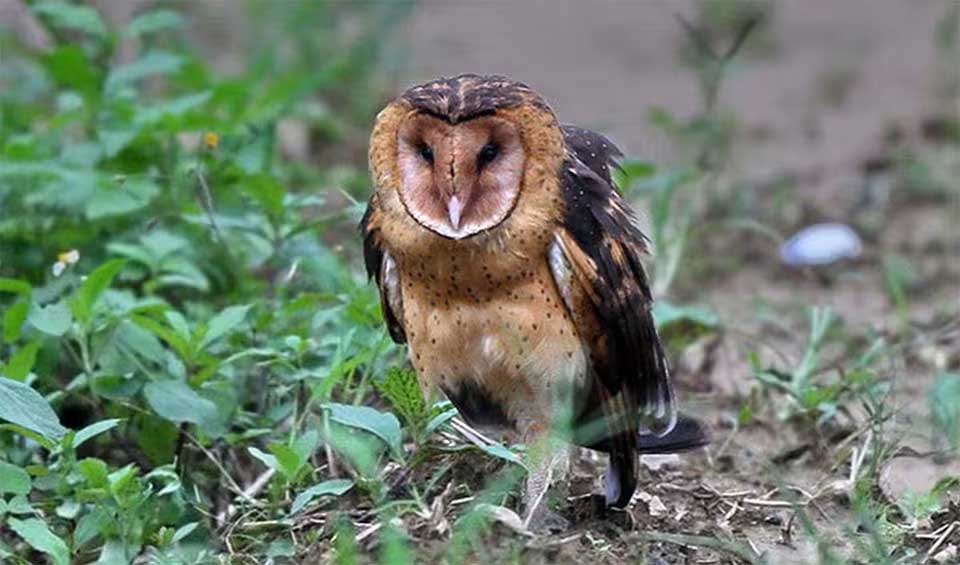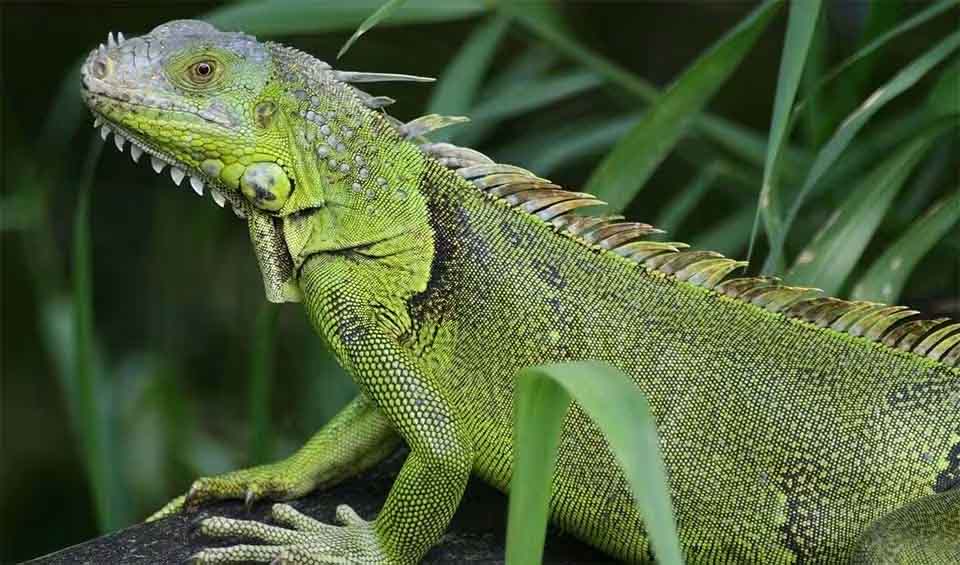Fiji, with a population of over 850,000, is one of the most populated islands in the South Pacific. It consists of 300 islands, most of which are volcanic; around 100 are inhabited. These islands are home to a rich variety of ecosystems, including lush rainforests, volcanic mountains, pristine coral reefs, and vast ocean depths. This diverse environment supports a unique array of species, with more than half of its plants and birds being endemic to Fiji.
Notably, Fiji ranks third globally for the number of threatened endemic species and possesses the largest expanse of intact, unprotected forests within the Polynesia-Micronesia biodiversity hotspot, which includes about 4,500 islands. Nearly half of Fiji’s forests remain intact, and 87% of the land is owned by indigenous Fijians, contributing significantly to its conservation.
Four pillars elaborated:
Fiji takes pride in its 48 terrestrial protected areas, covering an area of 488 km² (188 mi²), which is equivalent to 2.7% of the country’s landmass. These areas are established under eight Nature Reserves and 40 Forest Reserves. Fiji’s marine environment is also well-protected, with 57 designated marine protected areas. These areas play a crucial role in safeguarding a significant portion of Fiji’s coral reefs and marine biodiversity. What makes Fiji’s protected areas unique is the involvement of indigenous communities. Local communities, through traditional management systems, establish and manage many of these areas, ensuring the preservation of both cultural heritage and biodiversity. Land Management
Land Management
Fiji’s diverse ecosystem is constantly facing numerous challenges from various sectors, mainly due to human activities associated with economic development. Over-fishing, exploitation, and pollution from agricultural and industrial waste are some of the human-induced threats that are negatively impacting Fiji’s biodiversity. Threats to Biodiversity
Threats to Biodiversity
Additionally, the introduction of various species of fish, shellfish, and crustaceans for aquaculture, ornamental purposes, sports fishing, or biological controls has further compounded the situation. Unplanned and uncoordinated tourism activities can also become a significant threat to Fiji’s biodiversity. One major concern is the destruction of habitats in the coastal areas for tourism development, adversely affecting the mangrove, estuaries, reef, and foreshore ecosystems.
Fiji has made significant progress in protecting its biodiversity, with over 100 Locally Managed Marine Protected Areas (LMMAs) and the identification of Key Biodiversity Areas (KBAs), Important Bird Areas (IBAs), nationally significant wetland sites, and fish aggregation and spawning sites. To manage ecosystems better, Fiji is increasingly adopting an ecosystem-based approach, particularly in the Kubulau reserve, and has introduced quota systems for marine and terrestrial export commodities as per CITES and the Endangered and Protected Species Act (2002). Capacity and Governance
Capacity and Governance
Several thriving programs have been established, ranging from terrestrial ecosystems to marine ecosystems, with positive outcomes already identified by communities. Fiji has developed strict Environment Management and Monitoring Plans related to logging, quarry and sewage treatment plans, and is replanting mangroves in most Pacific Island Countries. The National Turtle Recovery Plan expects sea turtle populations in Fiji to have measurably recovered to levels that allow for sustainable harvesting and traditional use by 2026. Indigenous populations play a crucial role in biodiversity protection, with community members at the village level actively involved in planning and decision-making, data collection, and protection of resources in the Navakavu Clan.
The Ministry of Education, through the Culture and Heritage Department, is conducting a survey and mapping of traditional knowledge. Farmers are also cooperating to combat pests harmful to Fiji. Environmental education programs, such as those conducted by the Mamanuca Environment Society (MES), have been carried out in schools to raise children’s environmental awareness. These initiatives have yielded positive results, with increased awareness among adults and children about conserving resources. Finally, the enforcement of the Environment Management Act 2005 has resulted in operation compliance, with notifications issued to all commercial buildings and industries on the need to acquire a permit to generate waste.
Fiji’s National Biodiversity Strategy and Action Plan (NBSAP) serves as a crucial framework for detailing the country’s strategies and actions aimed at curbing biodiversity loss. The current plan, which spans from 2020 to 2025, concentrates on six main areas: enhancing knowledge, expanding protected areas, managing species, controlling invasive species, and establishing supportive conditions. The primary objectives of the NBSAP are to preserve Fiji’s distinctive biodiversity, including its endemic species and ecosystems, promote the sustainable utilization of natural resources, ensure the equitable distribution of biodiversity benefits among all Fijians, and contribute to international biodiversity conservation efforts. Future Trends
Future Trends
Biodiversity
Fiji’s islands are home to lush tropical rainforests that are rich in plant diversity. These forests host numerous endemic species of trees, ferns, and orchids. Notable among these is the Fiji tree frog, the Fiji banded iguana, and the Fiji crested iguana. Birdlife is also diverse, with species such as the collared lory, the red-throated lorikeet, and the critically endangered Fiji petrel. The mountainous regions of larger islands like Viti Levu and Vanua Levu provide unique habitats for many of these species.Fiji’s marine ecosystems are particularly notable for their coral reefs, which are some of the most vibrant and diverse in the world. These reefs support a wide variety of marine life, including over 1,200 species of fish, numerous coral species, and invertebrates. Notable marine species include manta rays, hawksbill turtles, and the humphead wrasse. The Great Astrolabe Reef, one of the largest barrier reefs in the world, is a key feature of Fiji’s marine biodiversity.
Mangrove forests and seagrass beds along Fiji’s coastlines are vital for the health of marine ecosystems. These areas serve as nurseries for fish and other marine life and provide protection against coastal erosion. The mangroves are also important for carbon sequestration and support various bird species and other wildlife.
In the table below are the number of known species in several main groups, how many of these species are Threatened with extinction, and how many of them are Endemic (unique to Fiji only):
| Species (World rank) |
Threatened | % Threatened | Endemic | % Endemic | |
|---|---|---|---|---|---|
| Mammals | 29 (#187) | 7 | 24.1% | 1 | 3.4% |
| Birds | 108 (#192) | 14 | 13.0% | 36 | 33.3% |
| Reptiles | 44 (#124) | 15 | 34.1% | 15 | 34.1% |
| Amphibians | 3 (#175) | 1 | 33.3% | 2 | 66.7% |
| Fishes | 1,313 (#26) | 48 | 3.7% | 4 | 0.3% |
| Plants | 2,508 (#139) | 78 | 3.1% | 38 | 1.5% |
mammals
Pantropical spotted dolphin
A champion swimmer and a social butterfly of the warm seas
Common bottlenose dolphin
Known for their acrobatic leaps, twisting and turning gracefully as they jump completely out of the water
birds
Australian pelican
These birds have been recorded to fly at 3000 meters (9850 ft)
Wandering albatross
The humongous bird with the largest wing span of 3.5 m (11.5 ft) – seems straight out of a fantasy movie
Australian grass-owl
This shy, nocturnal predator spends its life in open areas of grassland and cane fields but is rarely seen
reptiles
Hawksbill sea turtle
Its slender frame and narrow head bear a beak curved like a hawk’s, earning this marine marvel its name
Yellow-bellied sea snake
The most widespread species of snakes on earth are found throughout the Indian and Pacific Oceans and from Africa to Central America
Green iguana
From the US down to Brazil, this trans-American lizard is the most common iguana
National Animals
Lau banded iguana
Unlike its ground-dwelling iguana cousins, it spends its days high above the forest floor
Collared lory
One of the few Fijian rainforest birds that has successfully adapted to urban life
